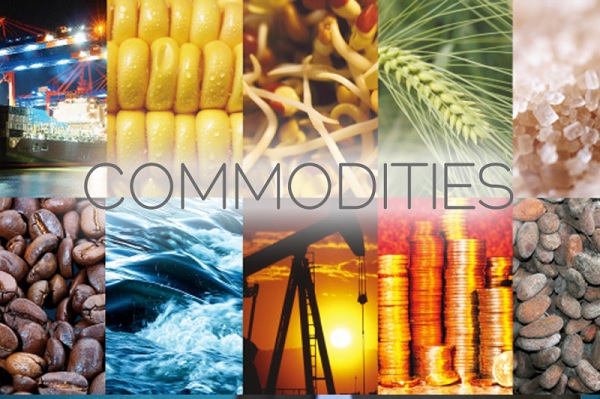
Commodity trading refers to the buying and selling of physical goods, often standardized products such as agricultural products, energy resources, and precious metals, on organized exchanges or over-the-counter (OTC) markets. These physical goods are commonly referred to as commodities, and they can be classified into two main categories: hard commodities and soft commodities.
Hard Commodities:
Examples: Hard commodities include natural resources that are extracted or mined, such as gold, silver, oil, natural gas, and metals like copper and aluminum.
Soft Commodities:
Examples: Soft commodities are typically agricultural products, including wheat, corn, soybeans, coffee, cocoa, cotton, and livestock.
Commodity trading plays a crucial role in the global economy, providing a means for producers, consumers, and investors to manage the risks associated with price fluctuations, ensure a stable supply of goods, and participate in investment opportunities. Here are key components and aspects of commodity trading:
Components of Commodity Trading:
Commodity Exchanges:
Organized Markets: Commodity trading often takes place on organized exchanges, where standardized contracts are traded. Examples of major commodity exchanges include the Chicago Mercantile Exchange (CME), the Intercontinental Exchange (ICE), and the London Metal Exchange (LME).
Futures and Options Contracts:
Risk Management: Traders use futures contracts to hedge against price volatility. These contracts obligate the buyer to purchase, or the seller to deliver, a specific quantity of the commodity at a predetermined future date and price. Options contracts provide the right (but not the obligation) to buy or sell the commodity at a future date.
Spot Trading:
Immediate Delivery: In spot trading, commodities are bought and sold for immediate delivery. Spot prices reflect the current market price, and transactions are settled "on the spot."
Physical and Derivative Markets:
Physical Markets: Involve the actual delivery of the commodity.
Derivative Markets: Involve contracts whose value is derived from the underlying commodity but do not necessarily involve physical delivery.
Aspects of Commodity Trading:
Supply and Demand:
Market Dynamics: Prices are influenced by factors such as global supply and demand, geopolitical events, weather conditions, and economic indicators.
Speculation:
Investor Participation: Traders, including institutional investors and hedge funds, often participate in commodity markets for speculative purposes, aiming to profit from price movements.
Market Participants:
Producers and Consumers: Producers may use futures contracts to lock in prices, while consumers may hedge against potential price increases.
Speculators and Investors: Individuals and institutions trade commodities for investment purposes.
Global Impact:
Economic Indicators: Commodity prices can serve as indicators of broader economic conditions. For example, rising oil prices may impact inflation and production costs.
Regulation:
Market Oversight: Commodity markets are subject to regulation by government authorities to ensure fair practices and market integrity.
Commodity trading can be complex and involves risks, but it also offers opportunities for diversification and can be an essential component of a well-balanced investment portfolio. Traders and investors should carefully research and understand the specific characteristics and risks associated with the commodities they wish to trade.